Tag: Best Practices
-
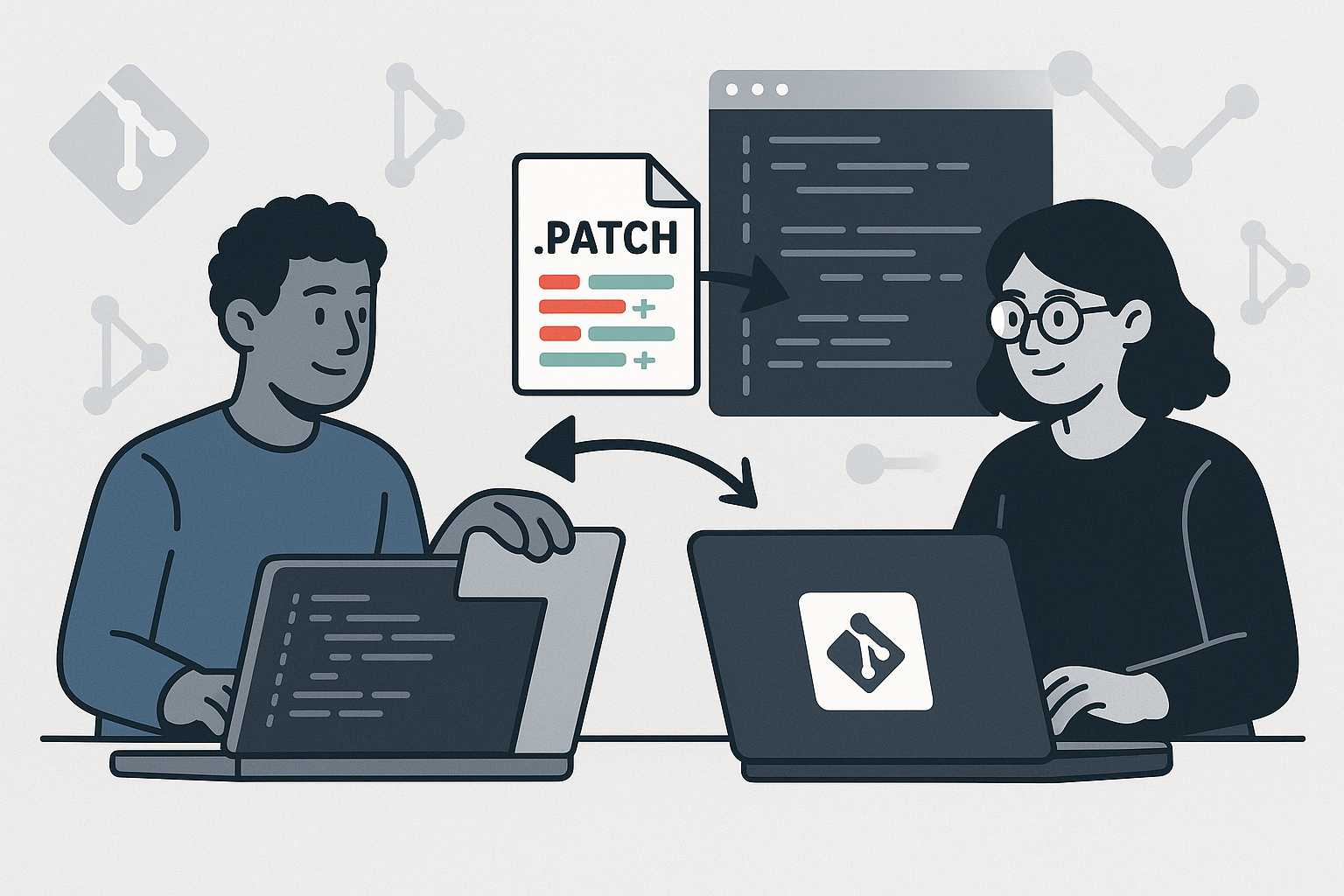
How to Use Git Patch Files for Efficient Code Reviews and Collaboration
If you’re working on a software team using Git, you might think of code reviews and collaboration as something that always requires pushing branches to a remote repository or using pull requests. But did you know there’s another powerful way to share changes—using patch files? Let me show you how patch files work, why they’re…
-
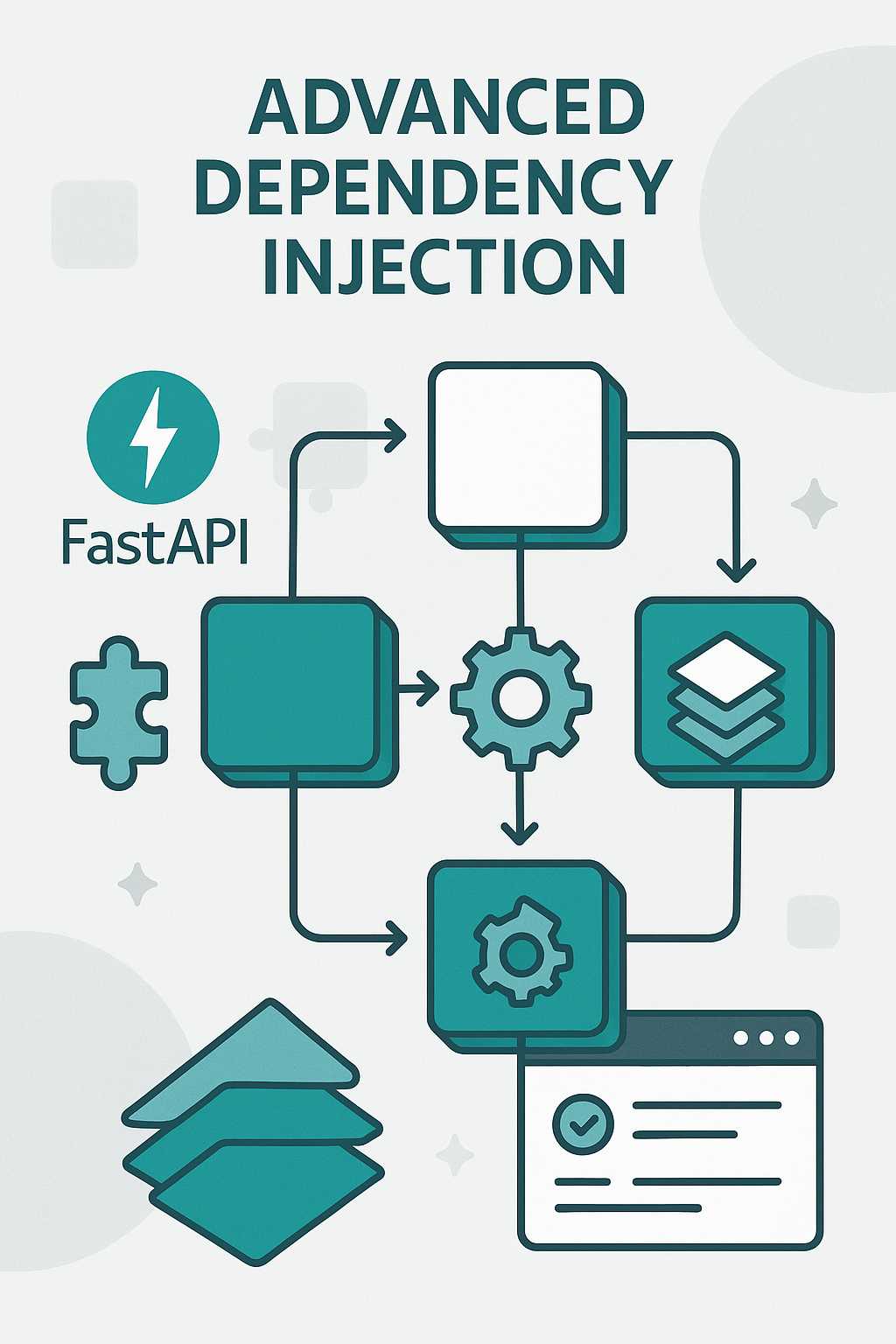
FastAPI Dependency Injection: Beyond The Basics
Dependency injection is one of FastAPI’s most powerful features, enabling clean, modular, and testable code. But beyond simple function-based dependencies, FastAPI offers several advanced patterns that can make your applications even more flexible. In this article, we’ll explore some lesser-known techniques you can use to level up your FastAPI dependency management. Recap: What is Dependency…
-

Rewriting Git History with Rebase: Clean Up Your Project Like a Pro
Git’s flexibility allows for powerful manipulation of your project’s history, and one of the best tools for tidying up a messy commit sequence is git rebase. Whether you’re working solo or as part of a large team, knowing when—and how—to safely rewrite history can make all the difference in readability and maintainability of your repository.…
-
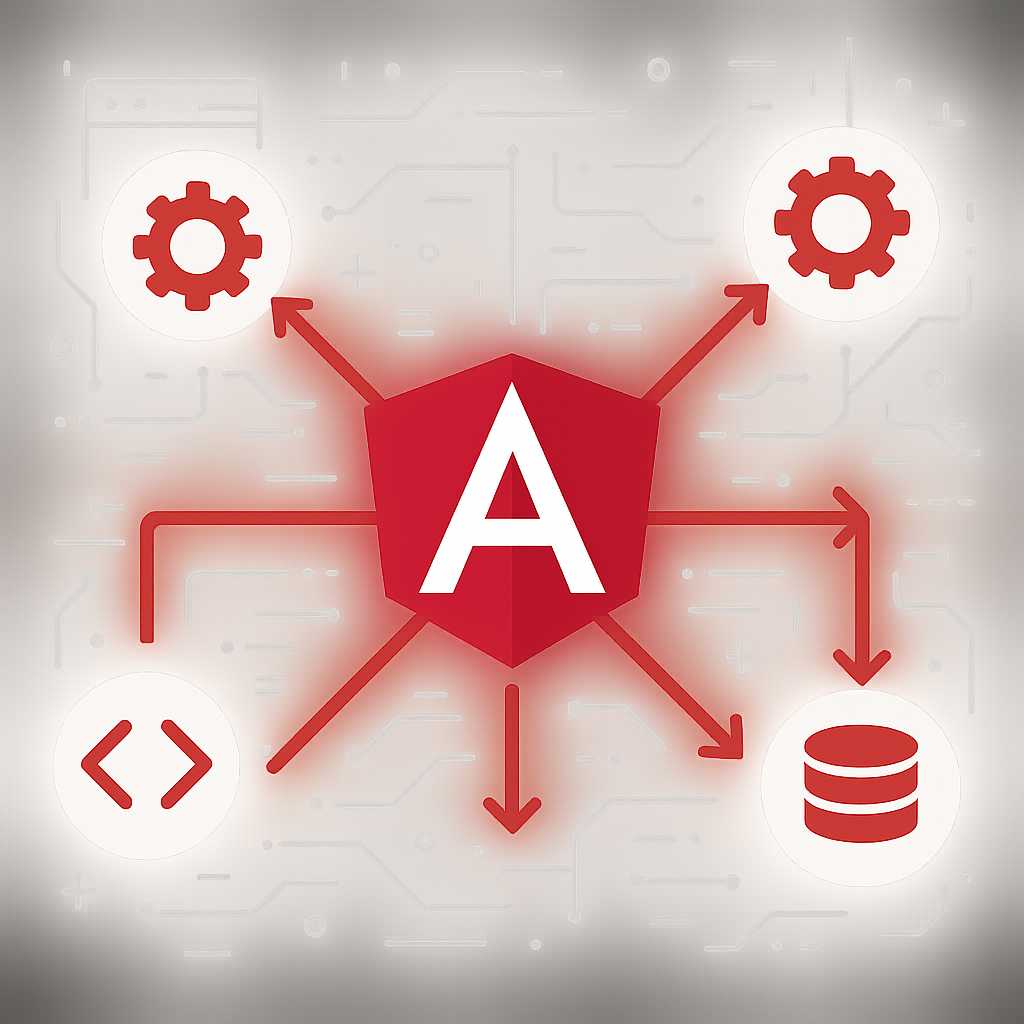
A Practical Introduction to Angular Dependency Injection
Introduction If you’re working with Angular, you’ve likely encountered the term dependency injection (DI) numerous times. But what exactly is DI, and why is it so central to Angular applications? In this article, I’ll demystify Angular’s dependency injection system, show you why it’s beneficial, and walk you through practical usage patterns with clear examples. What…
-
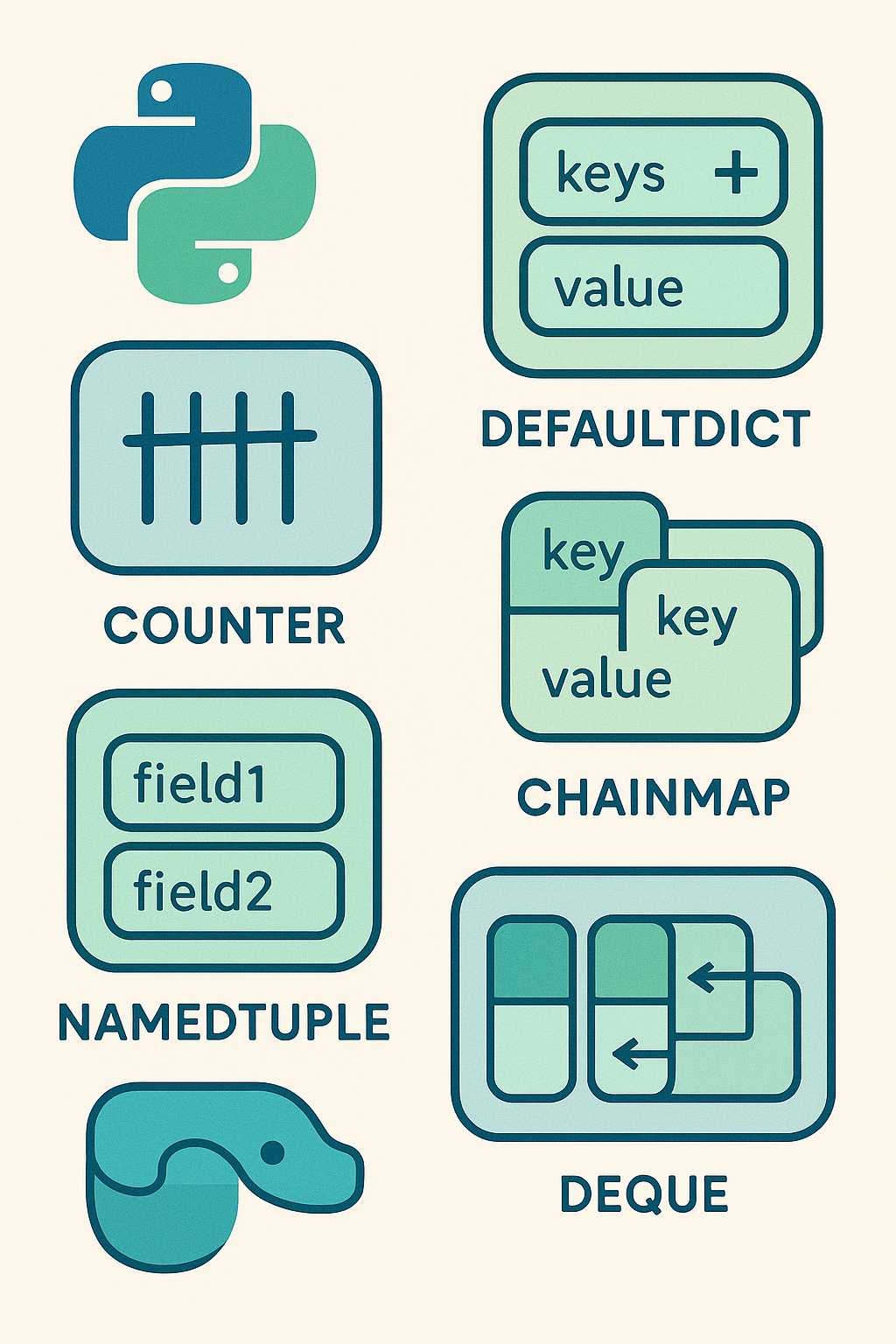
Exploring Python’s `collections` Module: Data Structures Made Simple
When it comes to data structures, Python provides a lot more than just lists, dictionaries, and sets. Hidden in plain sight is the powerful collections module—a standard library gem that offers high-performance alternatives and useful utilities for common data structures. Whether you’re managing counters, queues, or complex mappings, collections can make your code more readable…
-
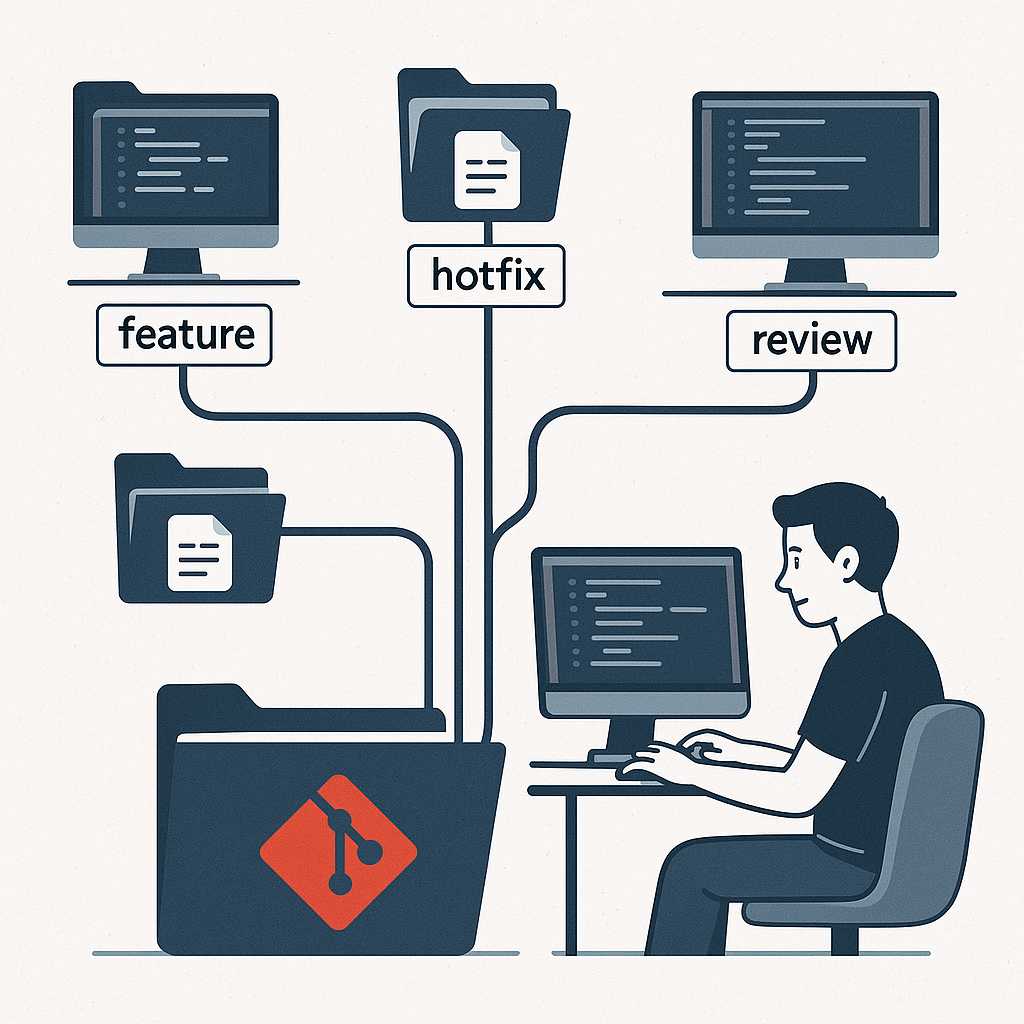
Git Worktrees: Effortlessly Manage Multiple Working Directories
Introduction If you’ve ever wanted to work on multiple features or bug fixes simultaneously without shuffling commits or constantly switching branches, Git’s worktree feature has your back. As a software engineer passionate about Git, I find git worktree indispensable for juggling diverse tasks and experiments in parallel—all within the same repository. In this article, I’ll…
-
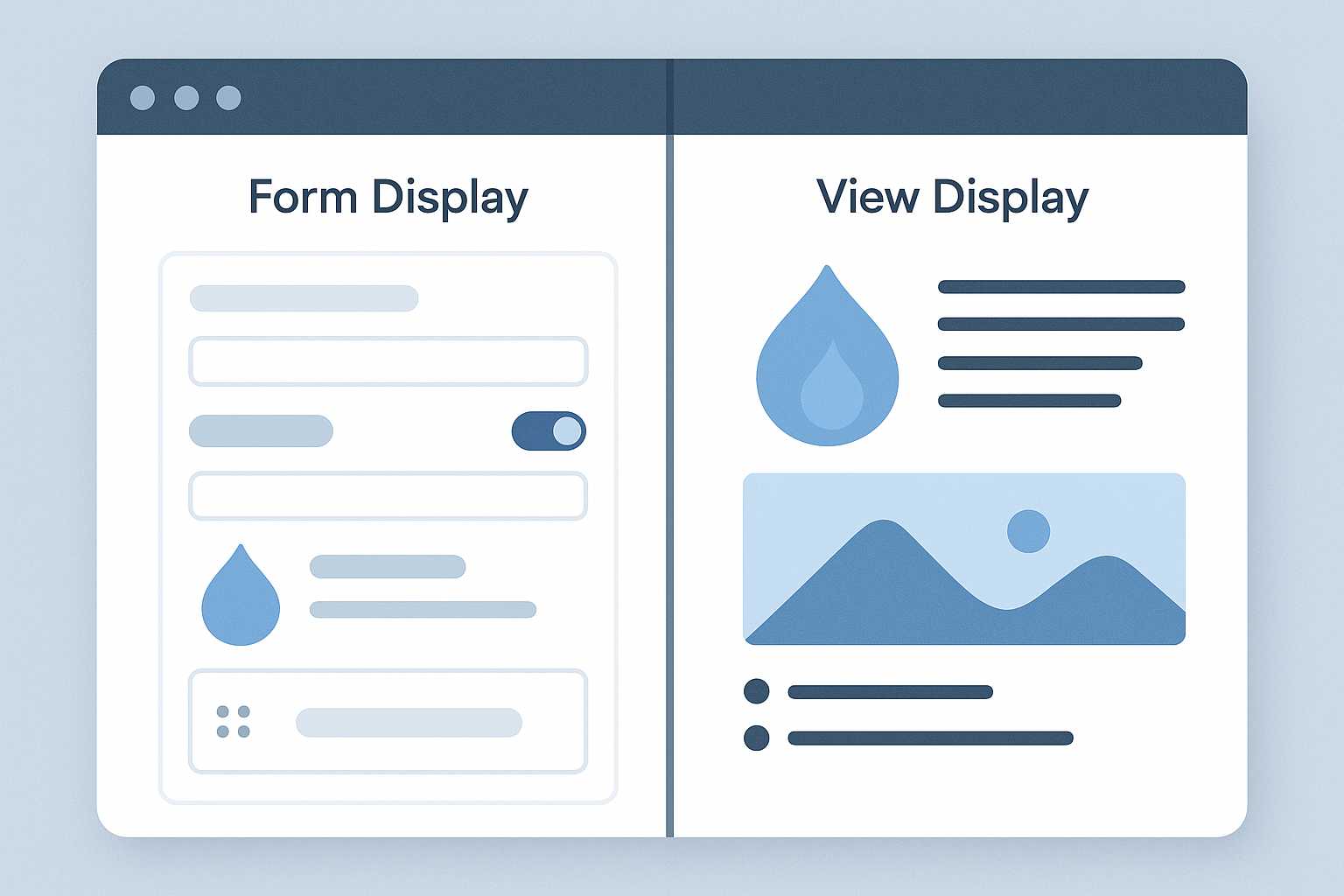
Mastering Drupal’s Field Display: A Guide to Form Display and View Display Configurations
One of Drupal’s most powerful features is its fieldable content architecture. But even experienced site builders can get tripped up by the differences and interplay between "Form display" and "View display" settings for content types, users, and other entities. In this article, I’ll explain what these display concepts mean, why mastering them is essential, and…
-

Understanding WordPress Transients: Caching for Performance and Scalability
Caching is the secret weapon behind high-performing WordPress sites. As a web developer and WordPress expert, I’ve seen countless projects dramatically improve simply by taking advantage of caching—both at the server and application levels. One often underutilized tool built right into WordPress core is the Transients API. In this article, we’ll demystify transients, explore when…
-

Mastering Git Blame: Trace Every Line’s History with Confidence
If you’ve ever wondered, "Who wrote this line of code?" or "When was this change introduced?", then git blame is the tool you need in your Git arsenal. As a software engineer, I’ve found git blame to be invaluable for tracking down bugs, understanding code history, and uncovering the reasons behind tricky lines of code.…
-
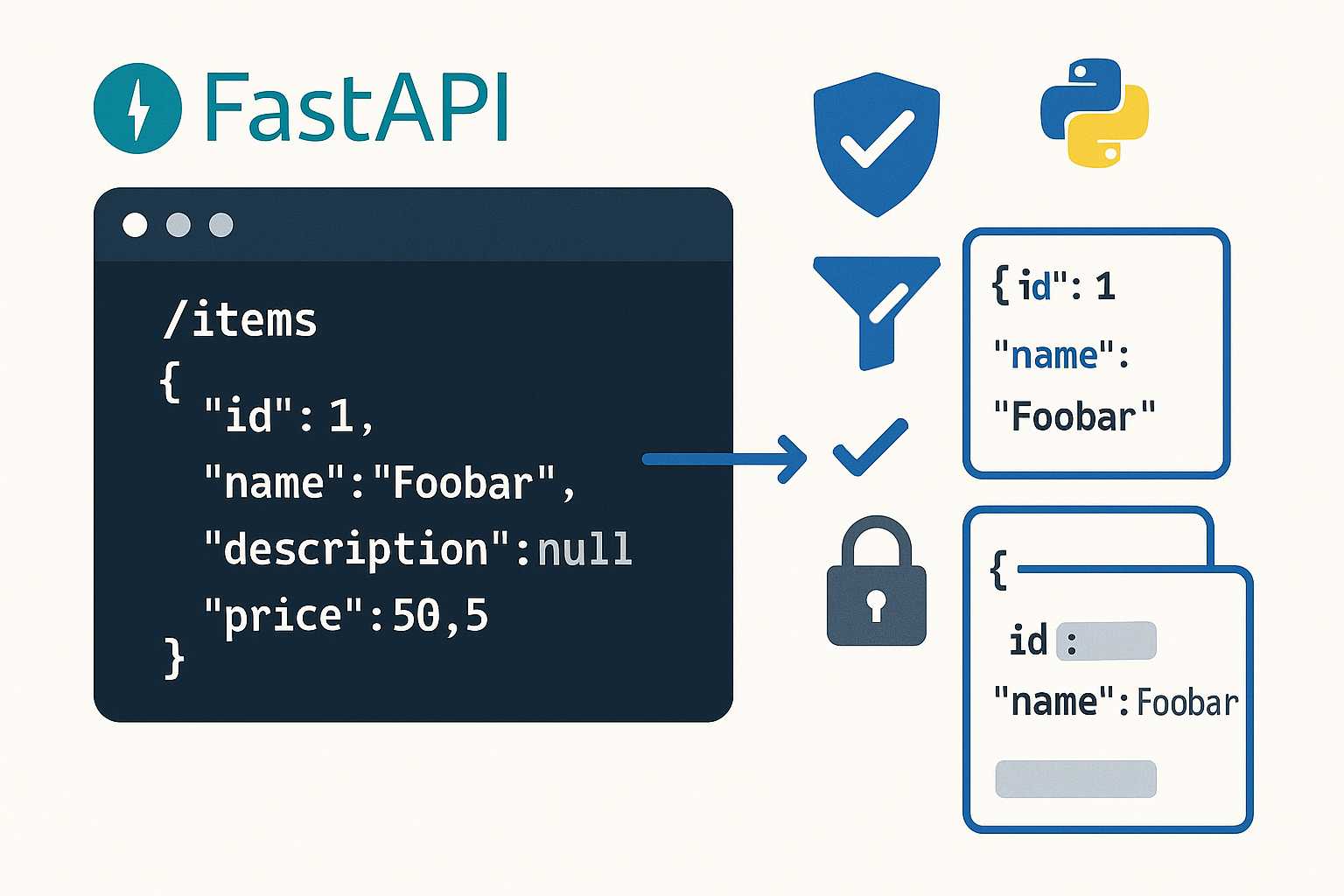
Mastering FastAPI’s Response Models: Validation, Serialization, and Customization
One of FastAPI’s greatest strengths lies in its integration with Python type hints and Pydantic models. This lets you define input and output data structures—including validations and serialization—right at the endpoint level. In practical API development, mastering response models pays off both for self-documented code and robust, reliable interfaces. In this article, let’s dive deep…
